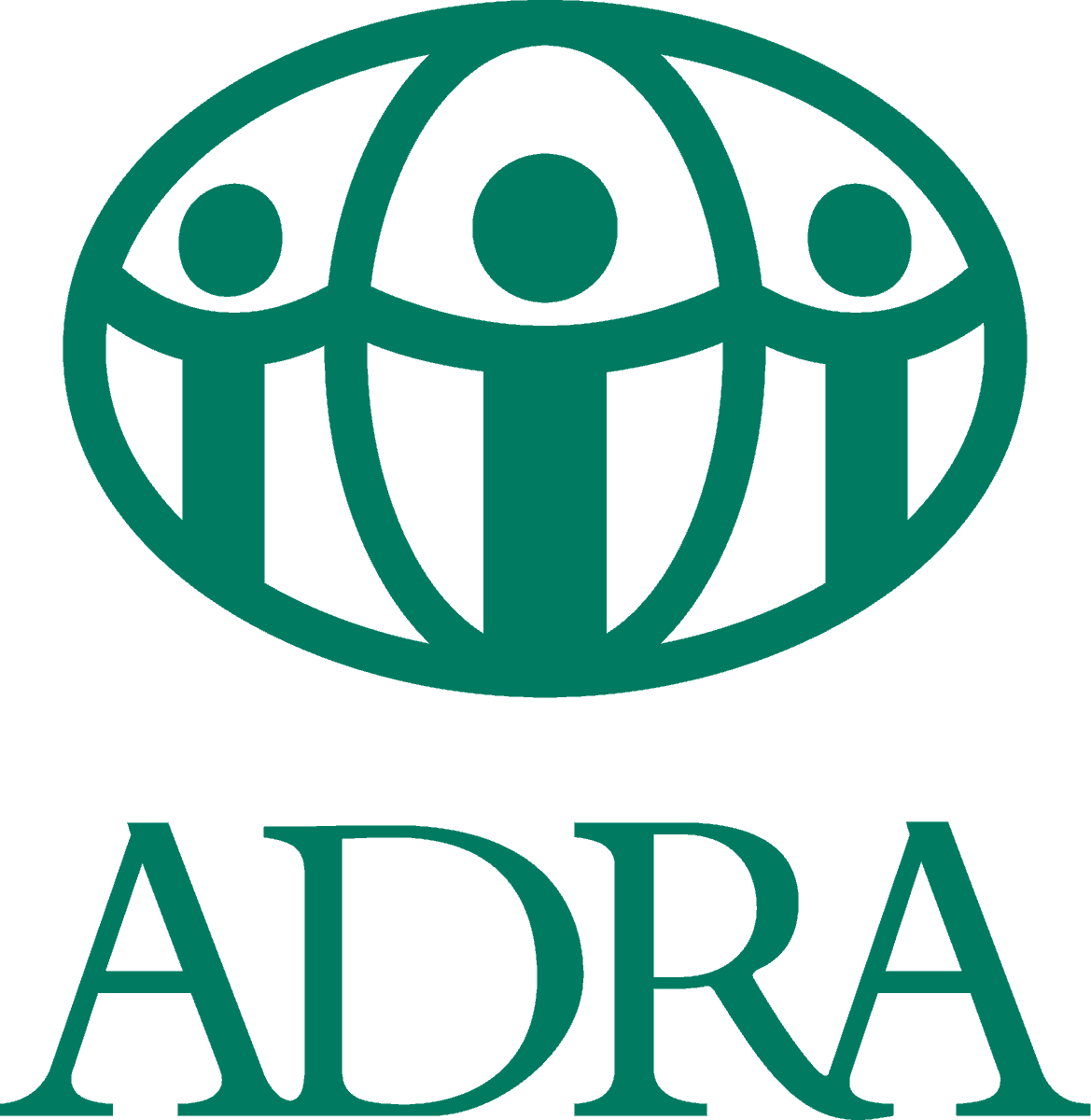International Day for the Eradication of Poverty
Ending poverty is not just helping the poor. It is giving every woman and man the chance to live with dignity. By eradicating poverty, all humanity will be transformed. This year “Dignity for all in practice” is the umbrella theme of the International Day for the Eradication of Poverty. Today, many people living in persistent poverty experience their dignity being denied and disrespected. With its programs and projects, ADRA is helping break the cycle.
With the commitment to end poverty, protect the planet and ensure all people everywhere enjoy peace and prosperity, the 2030 Agenda again gestured toward the same promise established under the Universal Declaration of Human Rights. Yet, the current reality shows that 1.3 billion people still live in multidimensional poverty with almost half of them children and youth.
ADRA projects are helping those in need. Not only they are addressing their basic need for food, water and shelter, but are also focusing on long-term solutions, where people can also get the means and skills to get on their own feet. ADRA provides trainings, workshops, tools, equipment, seeds, plants and animals to address the specific needs of the populations. From sending children to schools to providing agricultural climate change adaptation workshops, language courses, and sewing courses for single mothers, ADRA has its mission statement in mind – Justice. Compassion. Love.
Inequalities of opportunities and income are sharply on the rise and, each year, the gap between the rich and poor gets even wider. In the past year, as millions struggle through the erosion of workers’ rights and job quality to make it to another day, corporate power and the wealth of the billionaire class have recorded an unprecedented rise.
Poverty and inequality are not inevitable. They are the result of deliberate decisions or inaction that disempower the poorest and marginalized in our societies and violate their fundamental rights. The silent and sustained violence of poverty – social exclusion, structural discrimination and disempowerment – makes it harder for people trapped in extreme poverty to escape and denies their humanity.
The number of people living under the international poverty lines for lower and upper-middle-income countries is projected to have increased the poverty rate by 2.3 percentage points. Almost half of the projected new poor will be in South Asia, and more than a third in Sub-Saharan Africa. In the Middle East and North Africa, extreme poverty rates nearly doubled between 2015 and 2018, from 3.8% to 7.2%. COVID-19 has already been the worst reversal on the path towards the goal of global poverty reduction in the last three decades. The COVID-19 pandemic is likely to have pushed between 143 and 163 million people into poverty in 2021.





